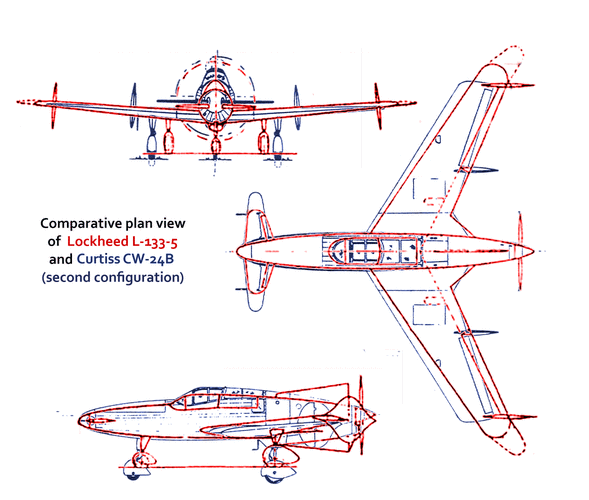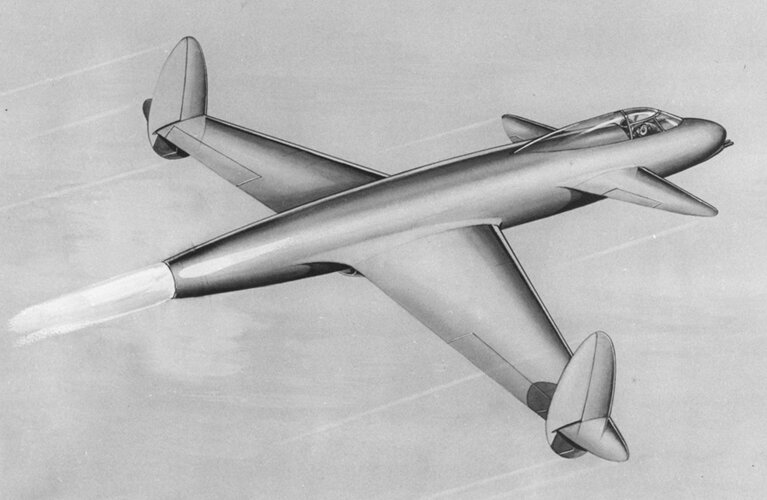Vahe Demirjian
I really should change my personal text
- Joined
- 28 February 2013
- Messages
- 815
- Reaction score
- 570
There's no doubt that the Vultee XP-54's top speed fell short of expectations during test flights and that the Northrop XP-56 Northrop was a failure aerodynamically, but I read that Vultee considered fitting the XP-54 design with a turbojet (potentially creating a lookalike of the Focke-Wulf Flitzer) and that Northrop looked at a derivative of the XP-56 powered by a turbojet (either a Westinghouse J30 or General Electric J31) (see page 15 of Tony Chong's book Flying Wings and Radical Things). If the US Army Air Force had purchased a jet-powered version of either the XP-54 or XP-56 in 1943 as a successor to the P-59A Airacomet, given that the XP-54 and XP-56 did not meet performance expectations as regards top speed, would a jet-powered P-54 or P-56 have saved several dozen B-17s and B-24s from being shot down over Nazi Germany?


